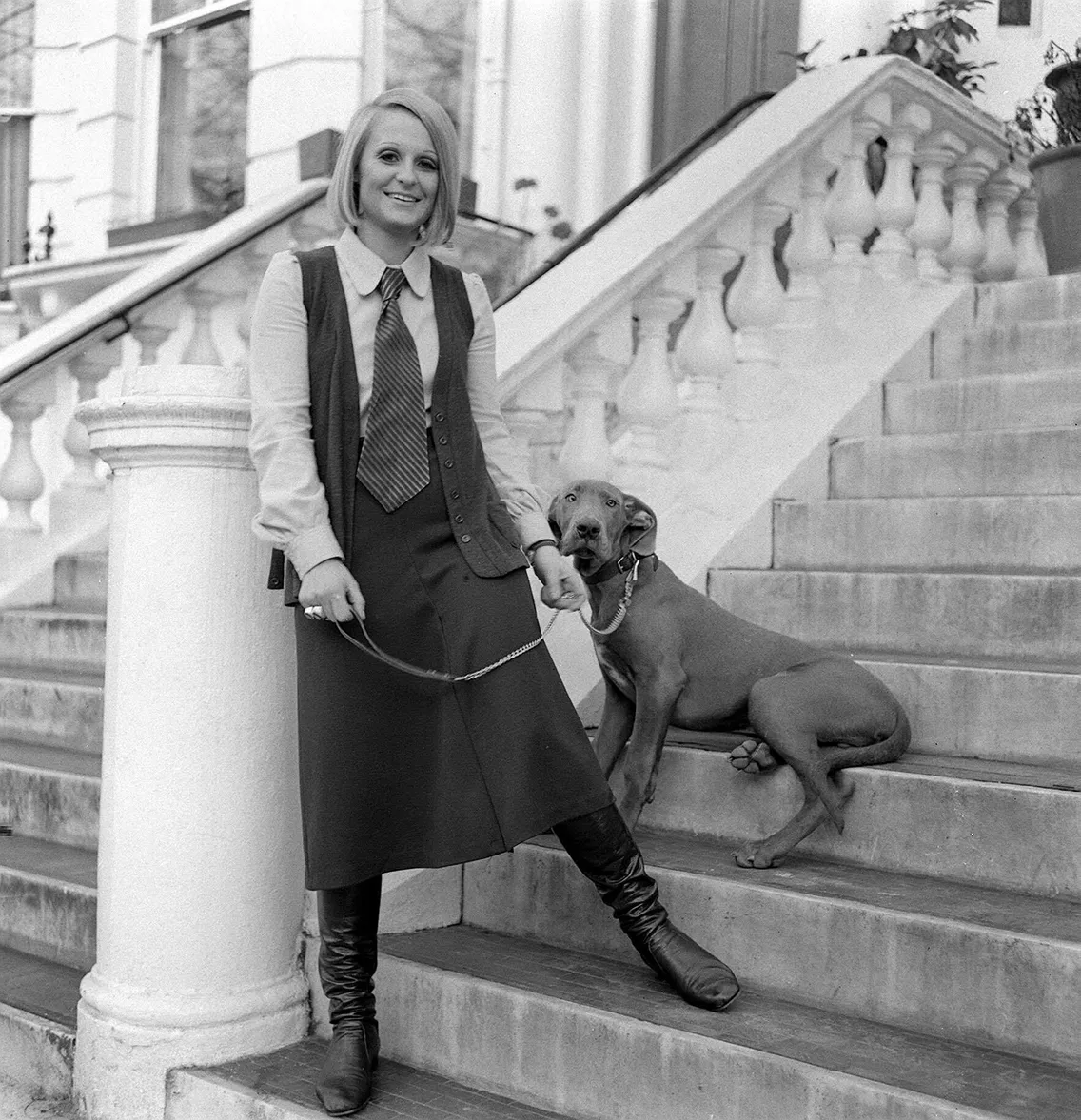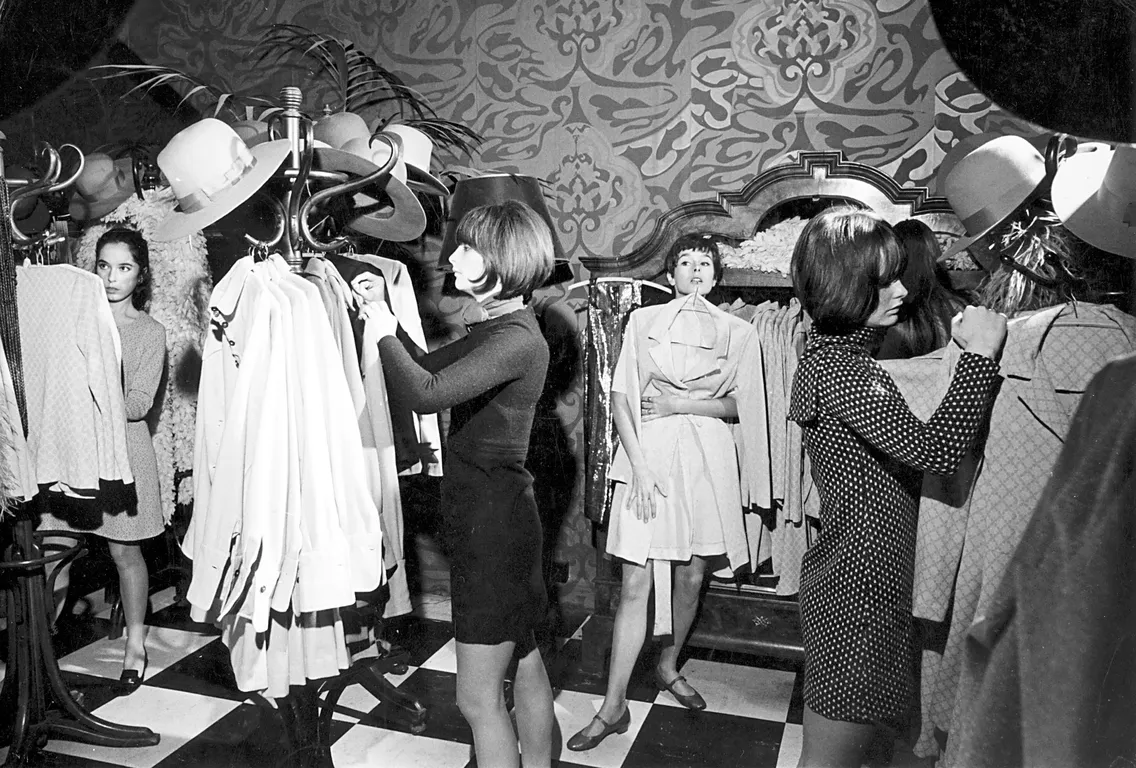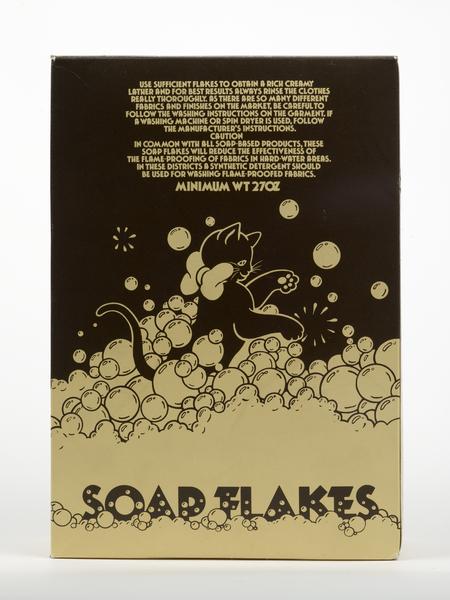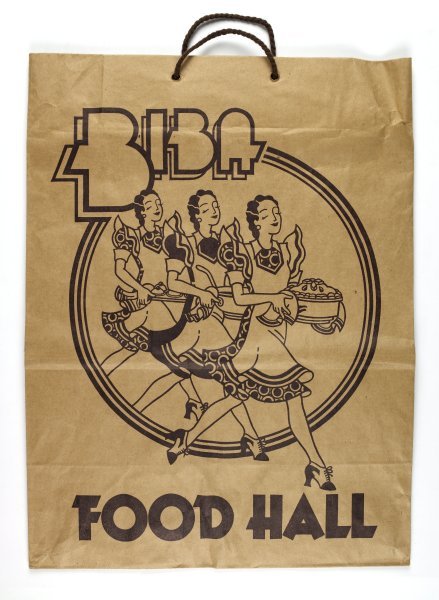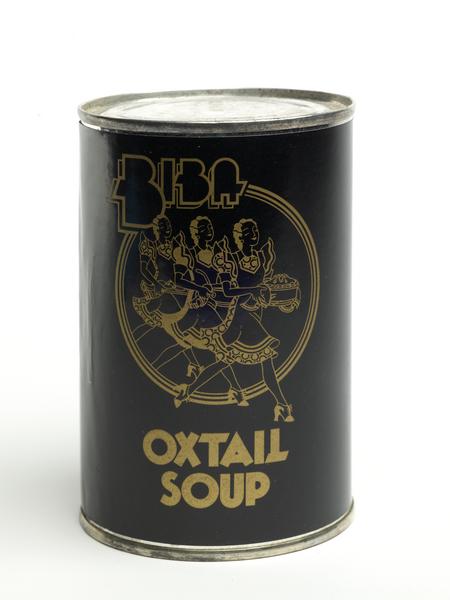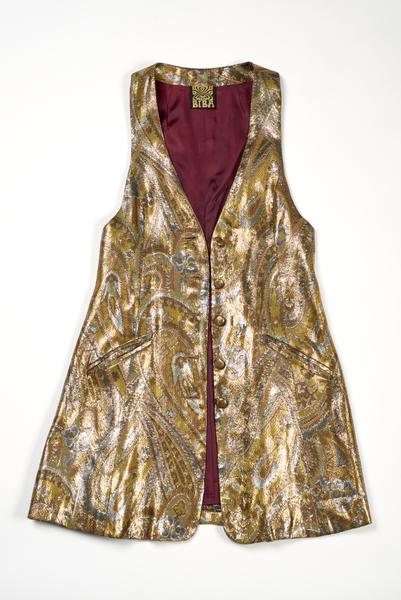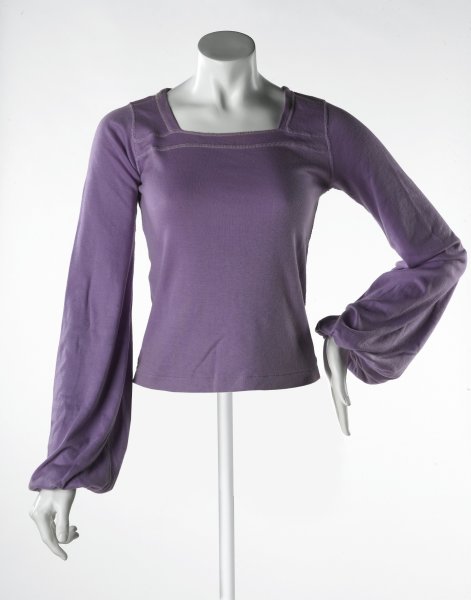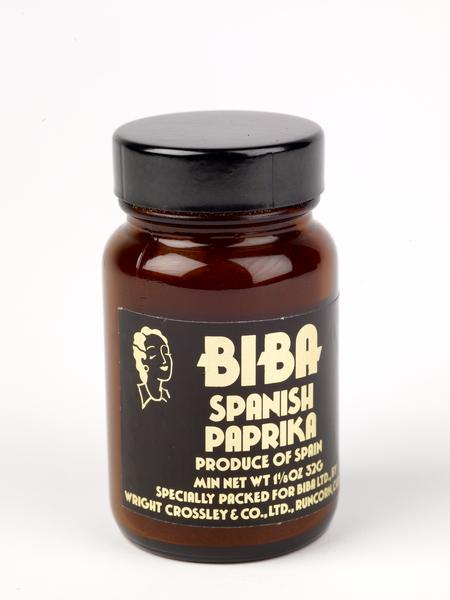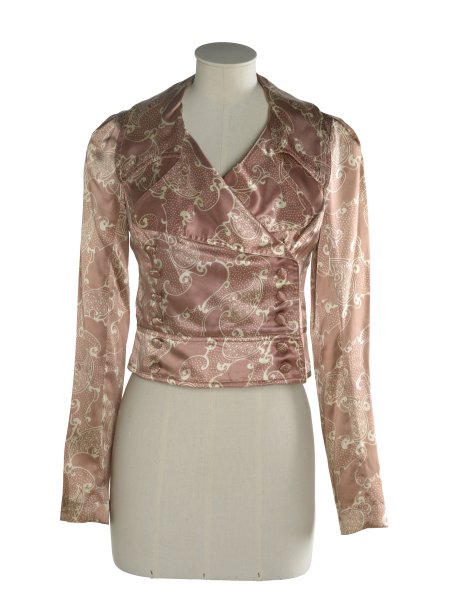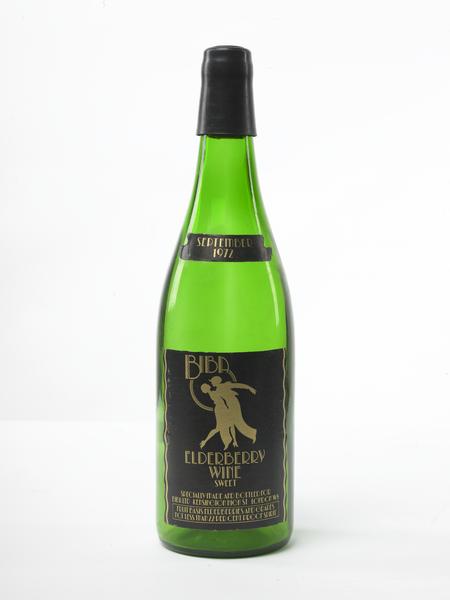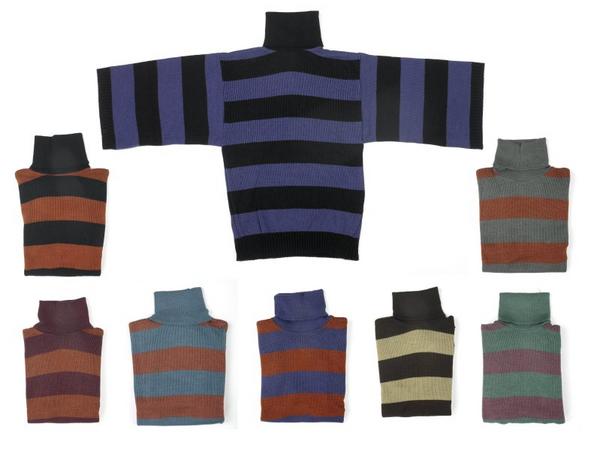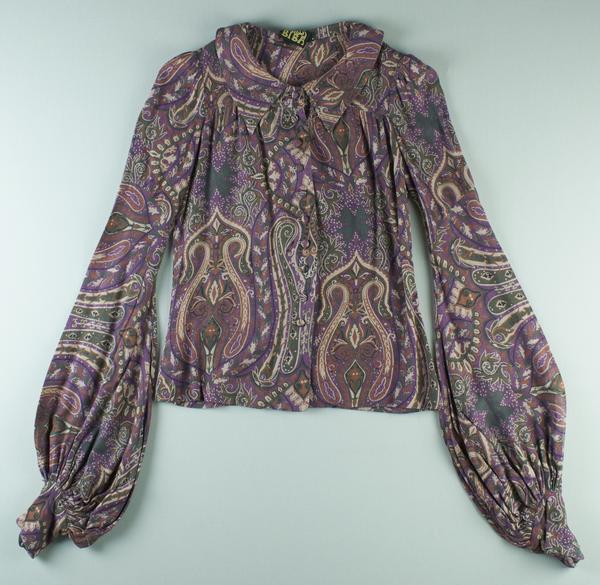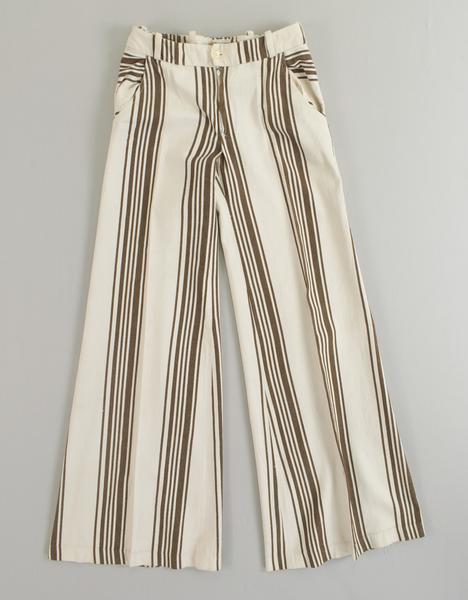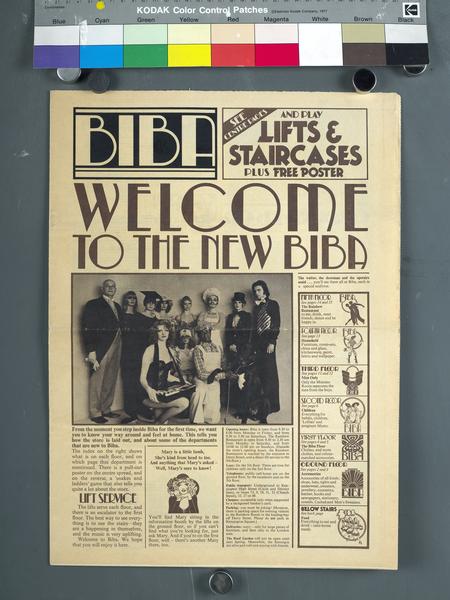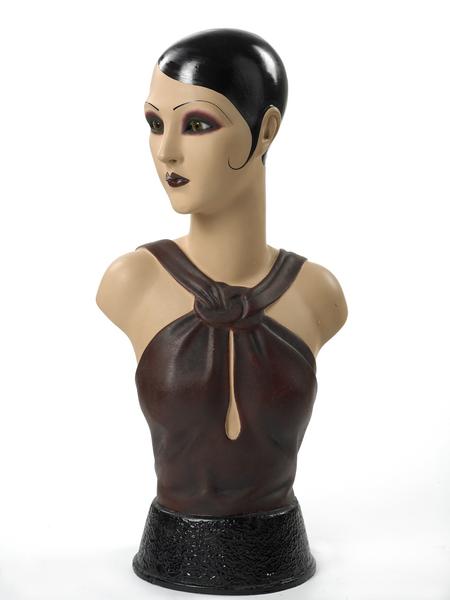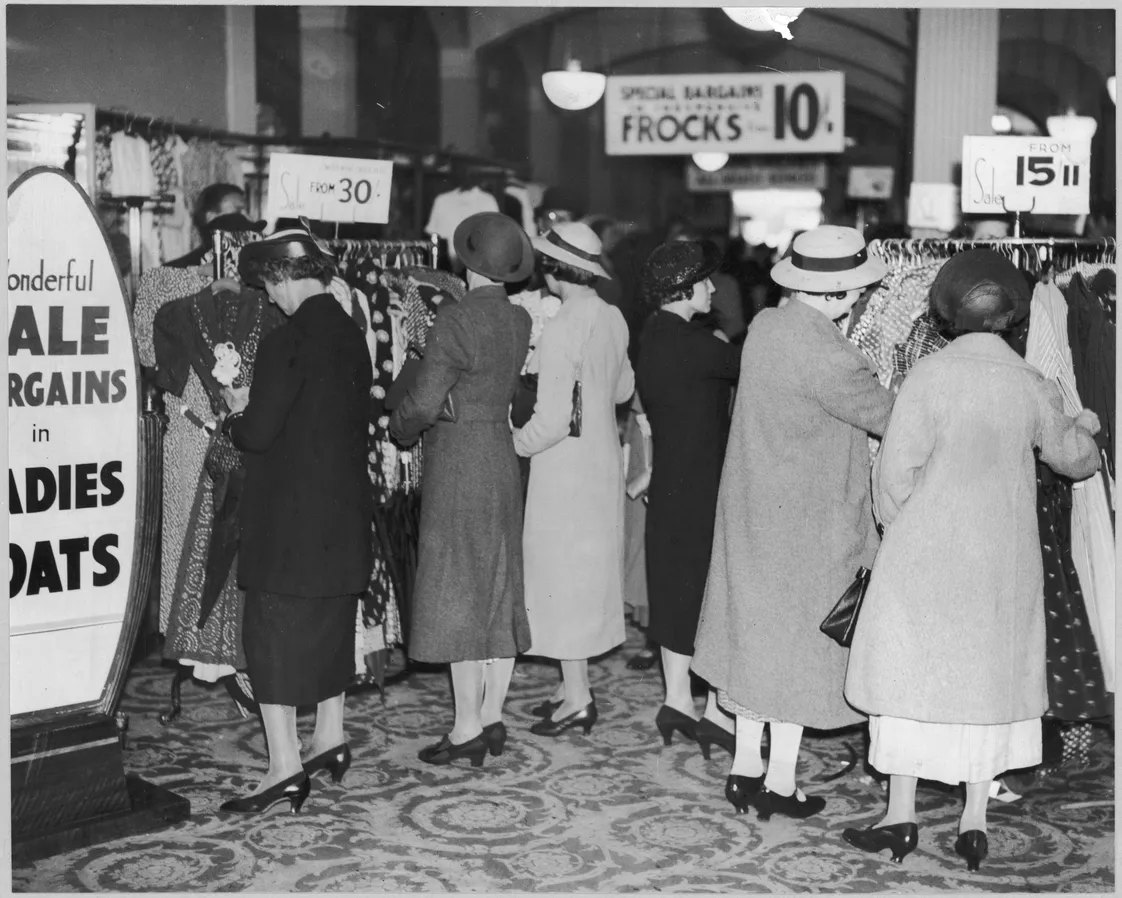Inside the Big Biba department store
Barbara Hulanicki’s fashion label Biba became wildly popular over the 1960s. It expanded from a humble catalogue to a vast department store. But Biba’s dreams burned bright and fast.
Kensington & Chelsea
1973–1975
The brief but bold shopping sensation
Picture your average department store: does sipping cocktails on a rooftop with flamingos appear in your imagination?
Well the ‘Big Biba’ department store on Kensington High Street wasn’t your average spot for picking out an outfit or shopping for household essentials. Like the more upmarket Selfridges or Liberty’s, it provided an experience.
Polish-born Barbara Hulanicki founded Biba as a mail-order fashion label with her husband, Stephen Fitz-Simon. She named it after the nickname given to her sister Biruta.
But her low-cost and nostalgic designs quickly made them a must-have for young Londoners. When the multi-story flagship store opened in 1973, the possibilities of Biba felt endless.
Biba’s early fashion success
Biba hit the big time in 1964 when a gingham dress and headscarf was featured in the Daily Mirror and resulted in more than 17,000 orders. The couple opened their boutique Biba in Kensington the same year.
“Biba was like a fantasy”
Barbara Hulanicki, 1983
Hulanicki drew inspiration for her dark-hued designs from interwar fashion and styles like the ornamental Art Nouveau and Victoriana. But she had a narrow idea of the ideal Biba woman – both literally and metaphorically. These slim-fitting designs were made for a particular kind of girl.
“Biba was like a fantasy,”Hulaniki wrote in her autobiography From A to Biba in 1983. “[...] She was very pretty and young. She had an upturned nose, rosy cheeks, and a skinny body with long asparagus legs and tiny feet.”
Like designer Mary Quant’s shop Bazaar, Biba quickly became associated with the youth-driven cultural revolution of ‘Swinging London’ and its bold new fashions. But Biba’s affordability appealed to a broader consumer audience. The company moved to even bigger premises in Kensington High Street in 1969 and 1971. Meanwhile, their mail-order business continued to thrive.
The Big Biba department store fantasy
In 1973, with the financial support of Dorothy Perkins and the Fraser group, Biba took over the empty Derry & Toms department store on Kensington High Street. Enter the era of Big Biba.
The flagship store leaned into the opulence of old Hollywood, its seven floors decorated with parlour palms and black glass counters that glistened under dim lights. Cosmetics, cushions, even baked beans were wrapped up in the brand’s lavish black and gold packaging.
Biba was no longer just a clothing store. It had become a lifestyle choice. Browse the objects in our collection and you’ll find Biba merch included parsley pots and soap flakes as well as t-shirts and jackets.
“The postwar retail experience had been transformed”
What if all that shopping got exhausting? You could refuel in the Art Deco-inspired Rainbow Room restaurant, or drink cocktails on the Roof Garden among the flamingos.
The postwar retail experience had been transformed. Big Biba foreshadowed the lifestyle stores more familiar to us today, like the former ‘Big Topshop’ in Oxford Circus.
Why did Biba close?
Hulanicki was determined to pursue her vision of a glamorous shopping experience at a low price. Biba was never just a playground for the rich and famous, despite high-flying customers like Brigitte Bardot, Princess Anne, Mick Jagger and Marianne Faithfull.

A mannequin from Big Biba
But this vision set her at odds with her financial backers. And onsite, Biba was even struggling with a shoplifting problem. So in 1975, against the backdrop of the country’s struggling economy, the shop closed down.
The story of Biba and Barbara Hulanicki is typical of the 1960s designer retailers. Their strong desire to innovate – often against conventional retailing and business knowledge – made London fashion unique. But they were, in many cases, short-lived.



